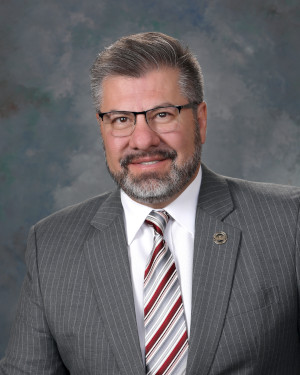HB 315 ARCHAEOLOGY FIELD SCHOOL EDUCATION PROGRAM
Sponsored By: Rep Luis M Terrazas
Actions: [4] HRDLC/HAFC-HRDLC [7] DP-HAFC
Scheduled: Not Scheduled
House Bill 315 (HB 315) appropriates two hundred fifty thousand dollars ($250,000) to the board of regents of New Mexico State University for the New Mexico Department of Agriculture to work with the Soil and Water Conservation Commission in cooperation with the Cultural Affairs Department to develop an archaeology field school education program statewide.Legislation Overview:
House Bill 315 (HB 315) appropriates two hundred fifty thousand dollars ($250,000) from the General Fund (GF) to New Mexico State University (NMSU) for the New Mexico Department of Agriculture (NMDA) for expenditure for Fiscal Year (FY) 2026 to work with the Soil and Water Conservation Commission (SWCC) in cooperation with the Cultural Affairs Department (DCA) to develop an archaeology field school education program statewide. Any unexpended or unencumbered balance remaining at the end of FY 2026 reverts to the GF.Current Law:
According to the DCA analysis, a statewide archaeology field program would likely benefit NMDCA’s Office of Archaeological Studies (OAS) by increasing the pool of qualified archaeologists in New Mexico. OAS provides cost-reimbursable archaeological services to generate revenue and has at times faced a shortage of candidates for openings. The NMDA’s analysis points out that There are numerous state statutes and administrative rules that require pre-project review to mitigate potential impacts to archaeological sites in New Mexico. In general, projects are barred from disturbing or otherwise altering sites that are currently on the State Register of Cultural Properties AND sites that would be eligible to be on the State Register of Cultural Properties. Additionally, when working on state trust lands, project proponents are required by Title 19, Chapter 2, Part 24 of the NMAC to conduct informational reviews and archaeological surveys before any surface disturbing activity occurs. The agency suggests that increased capacity to conduct archaeological clearances may increase the ability of SWCDs and other applicants to secure and utilize NMDA's grant program funding, thus having the ultimate effect of increasing the spending efficiency of NMDA conservation programs. According to NMSU’s webpage, archaeological field training is essential for any student who hopes to gain professional employment in archaeology. It also allows nonprofessionals to learn more about archaeological methods by participating in a real dig. There are archaeological field school programs at NMSU, the University of New Mexico, Eastern NM University and Western NM University. Most of these field schools operate for about six weeks during the summer with each university utilizing separate locations and sites. NMSU, for example, has utilized sites north of Las Cruces, while UNM’s site in 2024 was in Placitas.
-
Bill Documents arrow_drop_down
-
Commitee Reports & Amendments arrow_drop_down
-
Floor Amendments arrow_drop_down
-
Floor Votes arrow_drop_down
